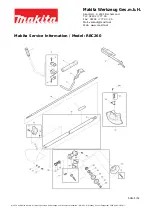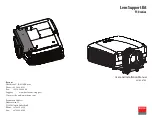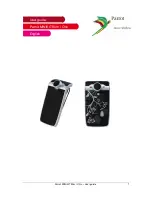
10
Maintenance
Rain/Wind Sensor KNX RW
• Date of issue: 05.11.2010 • Technical changes reserved. Errors reserved.
To remove it, the sensor can be simply pulled upwards out of the mount, against the
resistance of the fastening.
2.4. Notes on mounting and commissioning
Do not open the device if water (rain) might ingress: even some drops might damage
the electronic system.
Observe the correct connections. Incorrect connections may destroy the sensor or con-
nected electronic devices.
The measured wind value and thus all other wind switching outputs may only be sup-
plied 60 seconds after the supply voltage has been connected.
After the auxiliary voltage has been applied, the device will enter an initialisation phase
lasting 5 seconds. During this phase no information can be received via the bus.
3. Maintenance
The sensor must regularly be checked for dirt twice a year and cleaned if necessary. In
case of severe dirt, the sensor may not work properly anymore.
As a precaution, the device should always be separated from
power supply for maintenance works (e.g. deactivate or remove
fuse).
Fig. 13
Push the housing from above into the faste-
ned mount. The bumps on the mount must
snap into the rails in the housing.




























